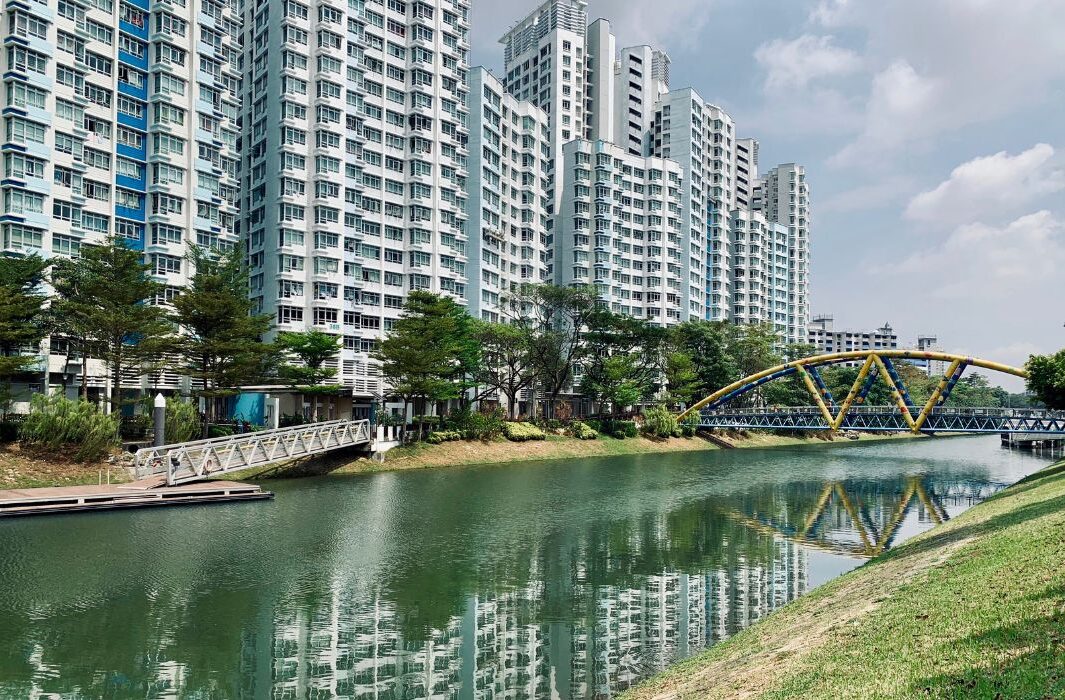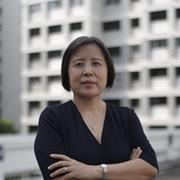The Urban Redevelopment Authority’s (URA) recent incentive offering bonus gross floor area (GFA) for buildings that adopt district cooling systems marks a significant step towards Singapore’s vision of becoming a leading garden city. While well-intentioned, the URA’s focus on district cooling to increase GFA may incentivise developers to prioritise profits over genuine sustainability, leading to denser developments with less green space and a lower quality of life for Singaporeans.
Like many bustling metropolises, Singapore grapples with the urban heat island effect. Concrete, asphalt, and glass trap heat, raising the city’s temperatures. To combat this, the government has championed initiatives such as expanding green spaces and implementing district cooling systems, echoing the United Nation’s 2019 call for localised climate action. But are these efforts enough to offset the potential consequences of intensified urban density?
While district cooling promises greater energy efficiency, the allure of bonus GFA could incentivise developers to maximise building size, potentially cramming more residents and businesses into towering structures. Imagine a new development where a rooftop garden, meant for residents to enjoy fresh air and escape the urban heat, is replaced with another floor of luxury apartments, all while technically meeting the minimum requirements for “green” certification.
Urgent need to balance urban density with sustainable development
While urban density offers economic advantages, it also presents significant environmental and public health challenges. Research from the National University of Singapore’s Department of Architecture revealed that urbanisation alone could increase Singapore’s urban air temperature by up to 0.79 degree Celsius in the 2030s, compounding the 0.6 deg C rise expected from global climate change. This intensified heat, coupled with increased population density, creates a breeding ground for disease vectors, as evidenced by international studies linking denser urban environments to the surge in dengue cases over the past 40 years. These findings underscore the heightened environmental and health vulnerabilities inherent in dense urban landscapes.
Backing this up, my research team has discovered that green elements in buildings inspire pro-environmental behaviour, effectively transforming these spaces into living classrooms where sustainable design both educates and motivates. Features such as natural light, cleaner air, and access to green spaces improve well-being, fostering healthier and more conscientious communities.
Our findings are in line with those of a 2021 URA poll. In the poll, eight in 10 Singaporeans prioritise both green spaces and affordable housing as key factors for a high quality of life in the city. More than 5,600 people participated in the poll, representing diverse backgrounds and perspectives.
Green open spaces, for example, are valuable in reducing environmental stresses, and providing areas for relaxation and restoration within the built environment. Yet, in land-scarce Singapore, setting aside large spaces solely for greenery is challenging. This makes it vital to seek innovative solutions that allow both density and green space to coexist. Thoughtfully integrating greenery can help Singapore work towards becoming a city that is both densely built and richly green, enhancing liveability for all.
So, how can we harmonise urban density with greenery?
Unintended dilemma for developers
The URA’s incentive scheme is a good move and could just be the start to truly push the boundaries of sustainable urban development. Instead of narrowly focusing on district cooling, the policy could adopt a more comprehensive approach, rewarding developers for a wider range of green features. Imagine a system where bonus GFA is granted based on a points-based scheme, considering factors such as green roof coverage, rainwater harvesting, use of sustainable building materials, and biodiversity enhancement. This would incentivise a more holistic approach to green building design, ensuring that sustainability is not sacrificed at the altar of density.
This approach, while promising, still presents a significant financial hurdle for developers, particularly smaller firms. Our research of 1,078 private housing projects in Singapore from 2005 to 2019 revealed that constructing high-performing green buildings adds at least 15 per cent to project costs. This means that smaller developers, already facing tighter margins, are less likely to embrace ambitious green initiatives. This financial constraint is one of the factors behind a stark disparity in green building adoption, as larger firms were 7.8 times more likely to invest in green building initiatives.
This disparity forces many developers, especially smaller ones, into a difficult trade-off. Do they use the bonus GFA offered by the URA to maximise profitability while meeting only basic sustainability standards? Or do they go the extra mile to incorporate more extensive green features, potentially sacrificing profit margins? This is the challenging dilemma facing those who strive to build a greener Singapore.
Adopting best worldwide practices to be more sustainable
Implementing green building technologies requires a careful balance of innovation, aesthetics, and substantial investment. For Singapore to succeed, efforts must go beyond offering bonus GFA. Additional financial incentives and technological support from the government could be crucial in fostering the widespread adoption of green spaces in a dense urban setting.
The United States, for instance, has seen success in encouraging green development through tax deductions and low-interest loans, reducing financial burdens on developers pursuing energy-efficient projects. Singapore could adopt similar mechanisms – whether through tax relief, subsidies, or accessible financing – to support more ambitious green initiatives, such as district cooling to foster a greener city.
Singapore’s ambition to be a leading garden city amid its urban density is a bold vision. The URA’s district cooling incentive is a commendable first step, but building a truly green skyline will require more than just giving out bonus GFA. It demands a collaborative effort to relook certain policies that will empower all developers, foster innovation, and ensure that sustainability is integral to urban development rather than a luxury. The choices we make today will determine the kind of city we leave behind. Will we choose to build a truly green and liveable Singapore, or will we allow short-term profits to pave the way for a concrete jungle that sacrifices our long-term well-being? The answer lies in our collective commitment to sustainable urban development.
The article first appeared in The Business Times.




